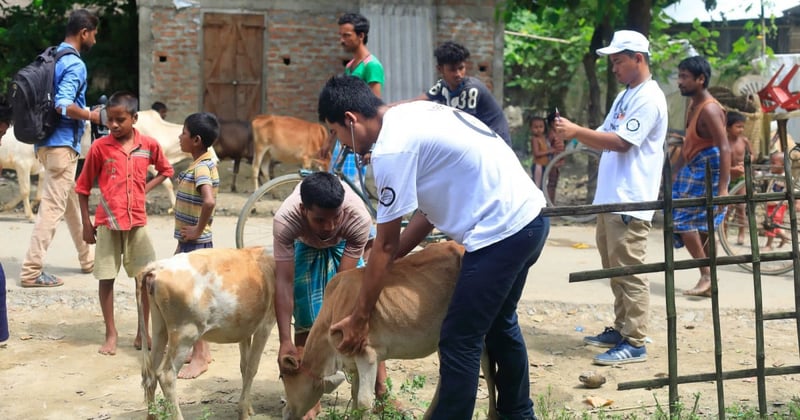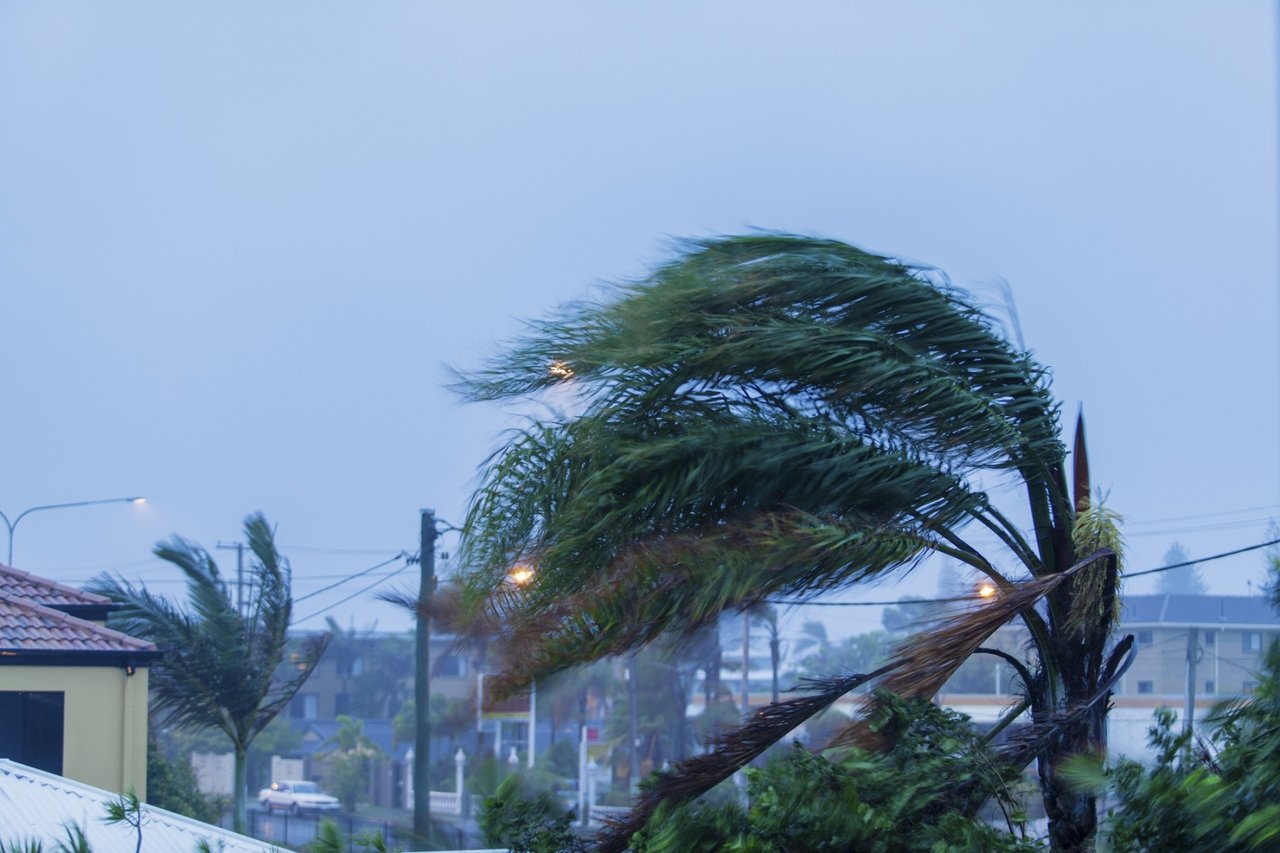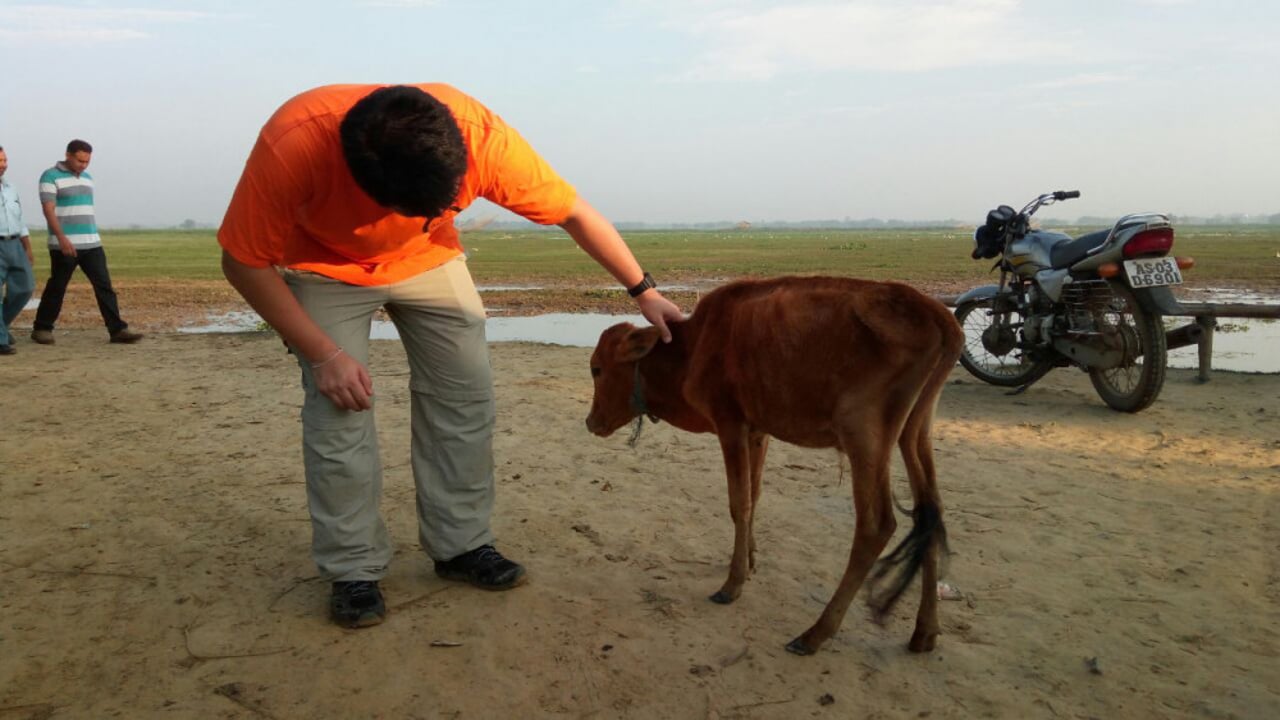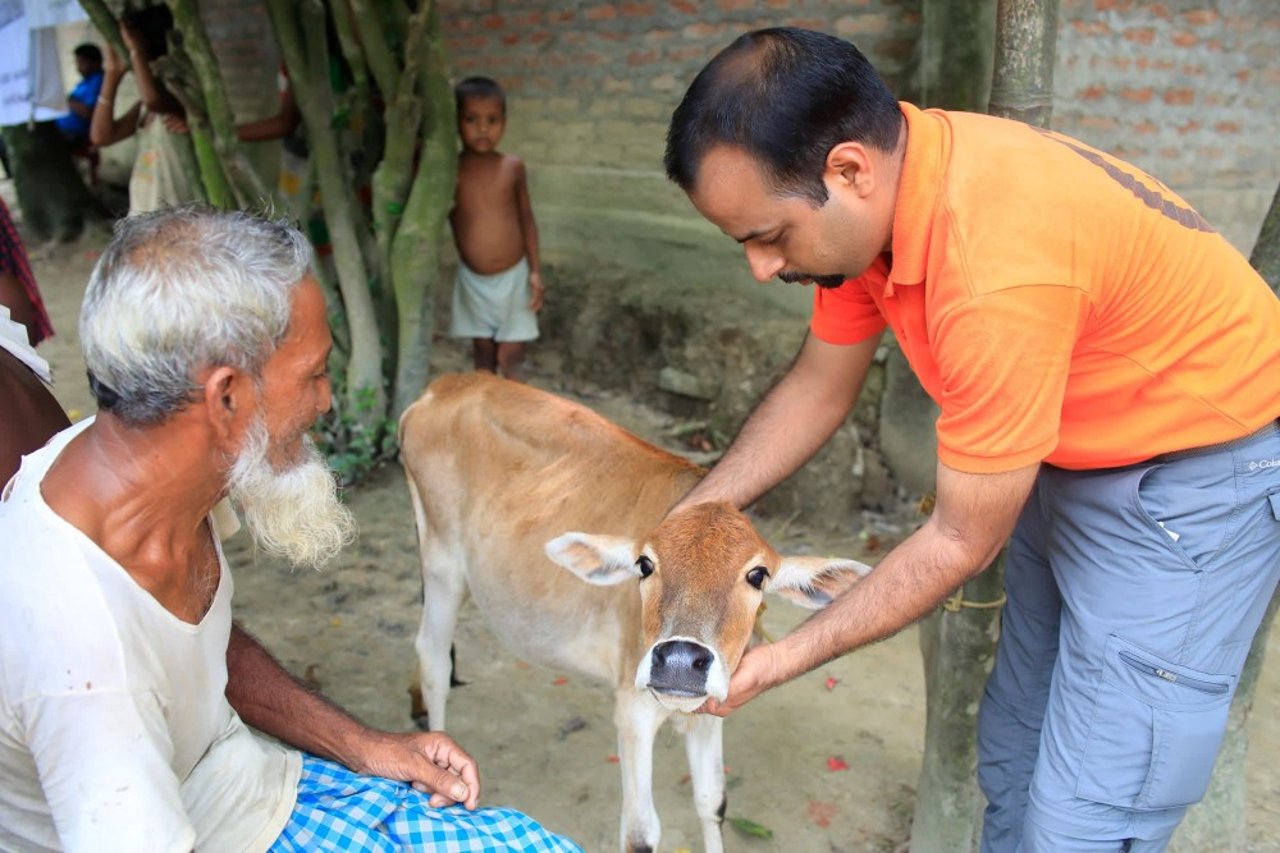
Natural calamities have been a common occurrence in this planet since it was a swirling ball of gas and dust. Over the course of time, these natural events have aided in the process of evolution of countless species, shaping the world as we know it today.
Natural Calamities-- a common occurrence
There are no two ways about natural calamities being severely catastrophic by destroying the livelihoods and lives of countless humans and animals, leaving a dent in the economy and the environment. Disaster management strategies and measures in addition to relief fund allocations by governments of various countries ensure and prioritize the safety of their citizens first, often disvaluing the lives of the several innocent animals in the process; animals, who due to lack of help in these stressful situations are often unable to survive or die trying.
An era of catastrophic calamities
We have all have perhaps witnessed or come across several thought-provoking images on the web, headlining the various tabloids articles of animals in distress, stranded, traumatized, scared, and hapless in the aftermath of natural disasters. The recent years have presented us with a cornucopia of adversities in the form of natural calamities— the devastating Kerala floods, the catastrophic Cyclone Amphan in West Bengal, the locust infestation, and a global pandemic have scoured the country causing rampant destruction of not only human lives and livelihood but also innumerable innocent animals — lives that have always been undocumented and unaccounted for. The need to change this very antiquated thought process calls out for a well-planned disaster preparedness strategy integrated with professionals skilled in animal handling and first aid so as to protect, preserve and help the ones who deserve it the most.
Essential Life Skills
Disaster management training, risk mapping, first aid, and essential life skills are indispensable assets when it comes to dealing with the aftermath of a natural calamity and more often than not, these training skills target and prioritize saving human lives at the cost of the rescuing these innocent beings who continue to remain ignored due to inefficient evacuation planning and strategies and public unrest duress. There exists a huge knowledge gap in relief measures and veterinary training in case of animals in disasters; however, to bridge that very missing piece of information, World Animal Protection has been actively helping more people gain access to useful and proper training so as to help animals at risk, affected by natural disasters through their very own PrepVet Course. The objective of this course is to carry out risk management and reduction of casualties of animals in distress, understanding the factors that lead to emergencies and being prepared for them in order to avoid loss of innocent lives. This course opens up a discourse which takes a monumental step towards establishing equal and ethical importance on preserving and protecting the lives of innocent animals in stressful situations instead of just prioritizing disaster management strategies for people— a step which further ensures social, economic and most importantly emotional security keeping in mind the co-dependence of humans on animals.
Know more about this PrepVet course:
Preach, Preserve and Protect
This certification course, accessible principally to veterinary students, paramedics, ministries of agriculture, civil defence or any other allied organizations, aims at providing risk assessment and prompt disaster preparedness exclusively for animals in distressed situations by trained professionals. The course identifies and targets the focal points of the existing knowledge gap and further devising strategies to change that. The 11 step-long programme encompasses and preaches key points: Disaster risk management, risk reduction analysis and plans, Companion animals, Climate change adaptation, Safety/first aid in emergencies, Incident command system, Triage, Evacuation strategies process, Standards and guidelines for livestock interventions in emergencies, Role of the vet, and Animal welfare; wherein each module is tailored to include every minute detail in efficiently orchestrating and organizing relief measures for animals by leaving no stone unturned. Pre-emptive planning is key to managing an emergency evacuation and establishing a line of trained first responders. Transporting affected animals to secure locations, actively conducting ground-level search and rescue missions for injured and trapped animals, receiving pet surrenders, in addition to providing immediate first aid, easing the process of rehabilitation for these innocent creatures in order for them to recuperate in foster homes.
Towards a humanitarian future
The present pandemic-ridden world obliterating countless lives every second serves as a Herculean reality check, reminding us of the fragility of the world we live in and nature’s backlash to years and years of ruthless ravaging and destruction of ecosystems, biodiversity, and the planet. This very reality of ours urges one to be prepared to exist in a world stricken by frequent disasters, protecting oneself and one another, especially those innocent hapless creatures us humans are codependent on for our survival— a true mark of our inherently humane species.
For more details of the Volunteer ( Swagatama Mukherjee) :
Facebook: https://www.facebook.com/swagatama.mukherjee/
Instagram: https://www.instagram.com/abufferingbrain/
Linkedin: https://www.linkedin.com/in/swagatama-mukherjee-7a1802149/
Twitter: https://twitter.com/SamMukherjee247
Please Note: The views expressed by the author do not necessarily represent those of World Animal Protection.
About the Volunteer: With a love for Ecological sciences and scientific journalism, Swagatama Mukherjee is a postgraduate student in Microbiology and also a bibliophile with a penchant for fine arts and Graphic design.


